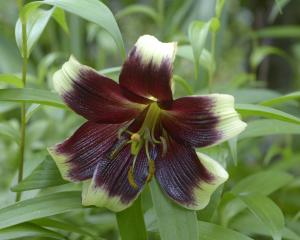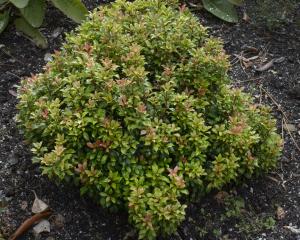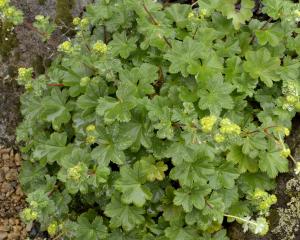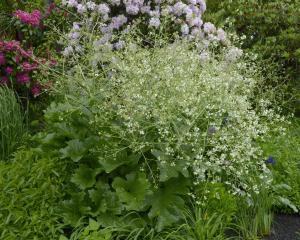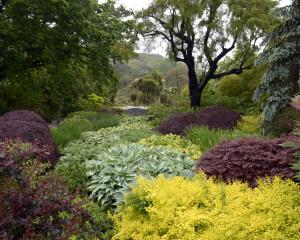Musa coccinea is one such species - it never produces edible bananas, but is well worth growing for the vivid flower display.
Native to Indochina, it's sometimes referred to as the scarlet banana or red torch banana, due to bright scarlet red bracts that surround its yellow flowers with green tips, which swell over time, producing pinkish fruits.
A relatively small species of banana, it usually attains a height of about 2m or less. It has thin stems with leaves about a metre in length, and will form a clump of multiple stems over time.
A conservatory with plenty of sunlight and warmth provides the best conditions for growth and flowering. If shaded by other plants, the banana plant will still grow well but it may not flower.
Use a good, moist, free-draining soil with plenty of organic matter or compost. Be sure to fertilise regularly during the warmer growing months so the plant will thrive.
Scarlet banana flowers are often a favourite with florists as the cut stems survive in water for a few weeks and, being tropical, do not need to be kept cool to remain fresh.
Musa coccinea can be seen flowering in the east wing of Dunedin Botanic Garden's winter garden glasshouse in the corner closest to the information centre.
Stephen Bishop is curator of the winter garden glasshouse at Dunedin Botanic Garden.







